The most common types of tendon
injuries include:
Tendinitis/tendinosis
Until recently, tendon pathologies were frequently diagnosed as tendinitis, a condition marked by microtears in tendon fibers coupled with an inflammatory response. But true tendinitis is rare. Tendinosis more accurately describes repetitive overuse injury to tendons, since their low vascularity makes them devoid of inflammatory cells. Tendon overuse injuries most often involve a breakdown of the tendon’s collage matrix, a condition described as tendinosis.
Tendon rupture
Ruptures are tears in the tendon itself, brought on by high-intensity overload. Rupture of the Achilles tendon is the most common type of running injury, often misdiagnosed as Achilles tendonitis. Ruptures can range from mild to severe. Runners and athletes often ignore a mild rupture and continue to overload the affected tendon, causing further damage that degenerates over time.
Tendon avulsion
An avulsion is a partial or complete tearing away of the tendon from its associated bone. It occurs when the tendon is stretched beyond its tensile capacity, often under large force loads. An avulsion fracture occurs when a fragment of bone is torn away along with the tendon.
Tendinopathy
Tendiopathy is a pathological deterioration of tendon collagen, where tendon architecture becomes disoriented, and tendon fibers begin to thin out. Tendon degeneration is sometimes marked by calcification of the tendon, lipid accumulation and fibrin deposits. Ultrasound imaging is considered a highly sensitive tool that is both valid and reliable for detecting architectural changes to tendon fibers.


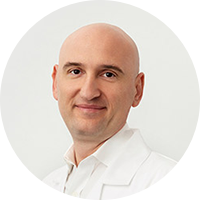
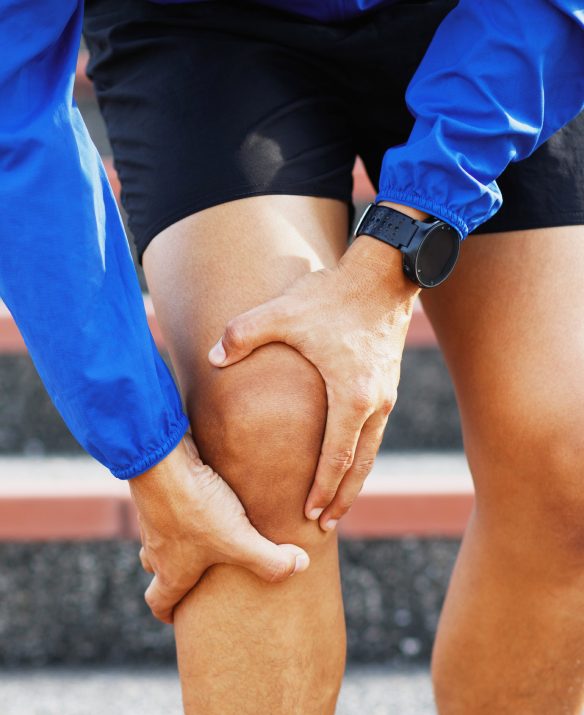
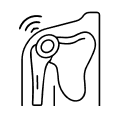
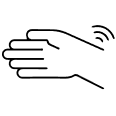
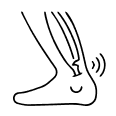
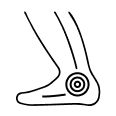
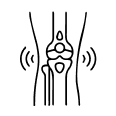
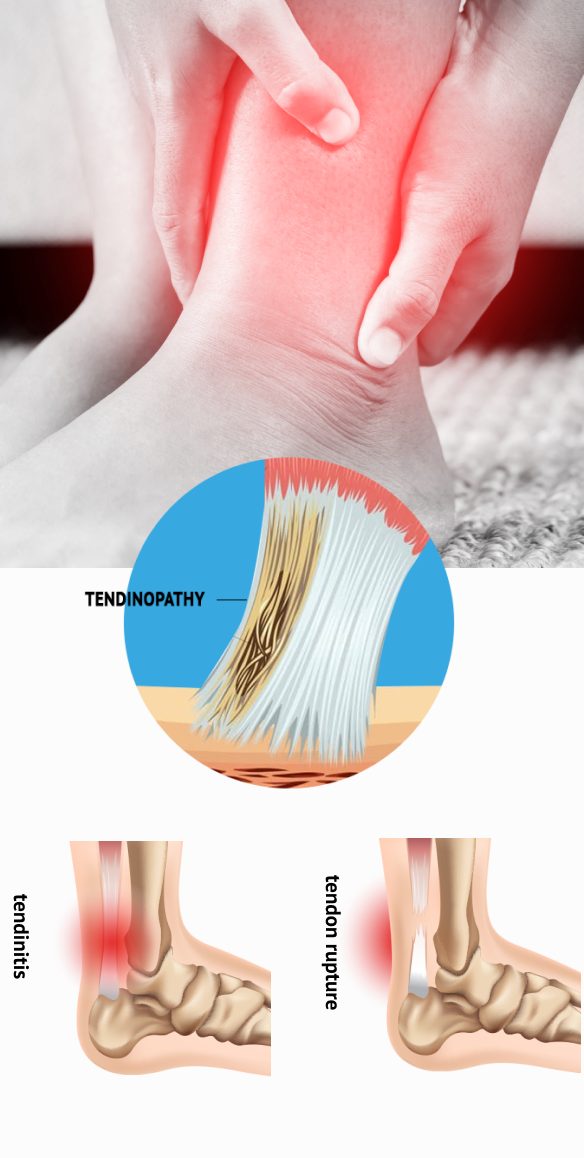
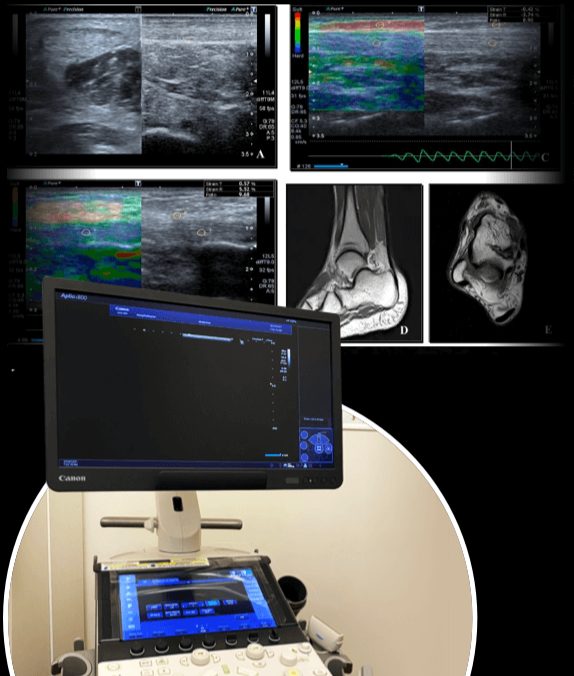
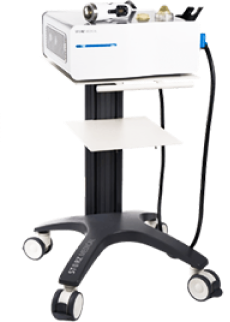
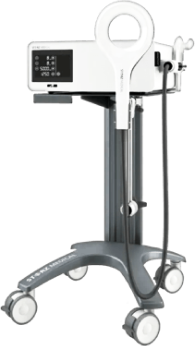
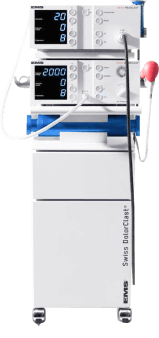
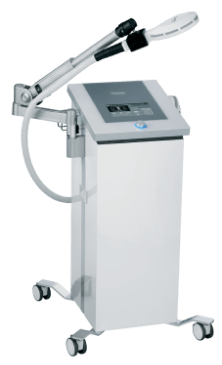
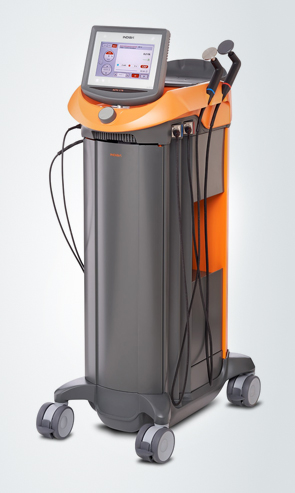
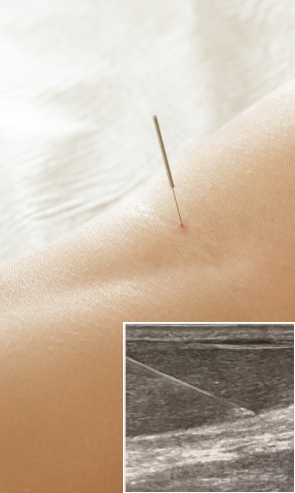
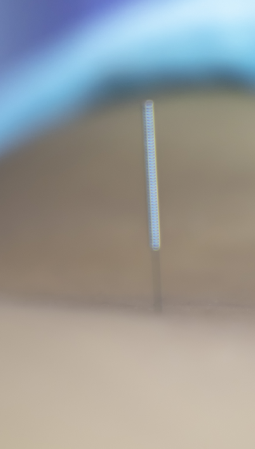
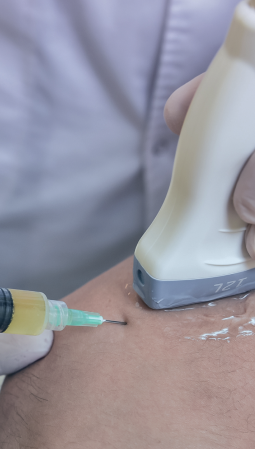
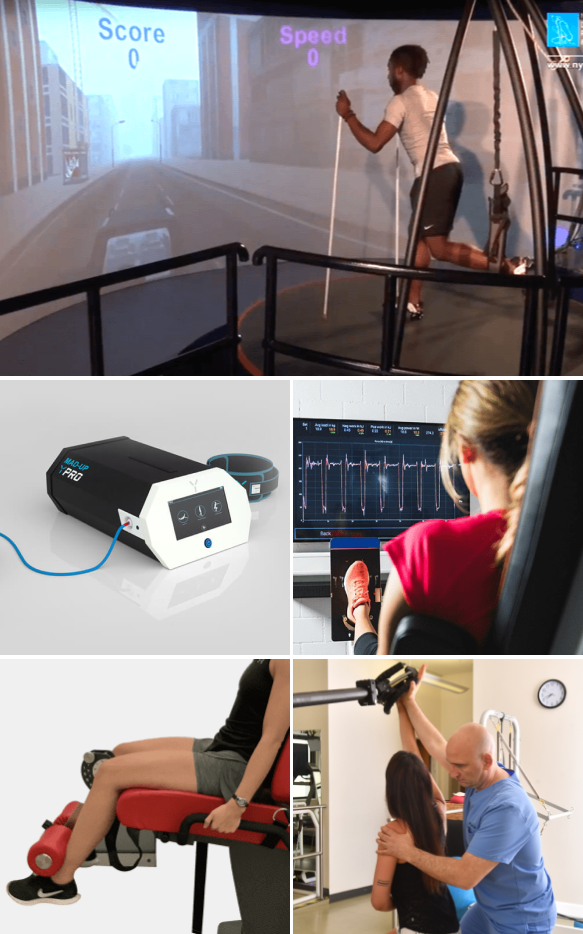








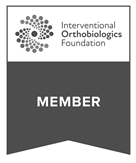
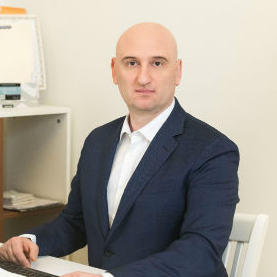
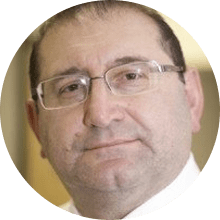 Dr. Mikhail Bernshteyn
Dr. Mikhail Bernshteyn  Dr. Michael Goynatsky
Dr. Michael Goynatsky 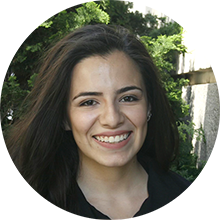 Dr. Daniela Escudero
Dr. Daniela Escudero  Dr. Michelle Agyakwah
Dr. Michelle Agyakwah 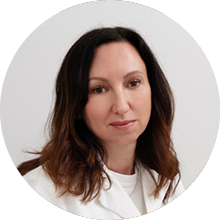 Dr. Tatyana Kapustina
Dr. Tatyana Kapustina 

























